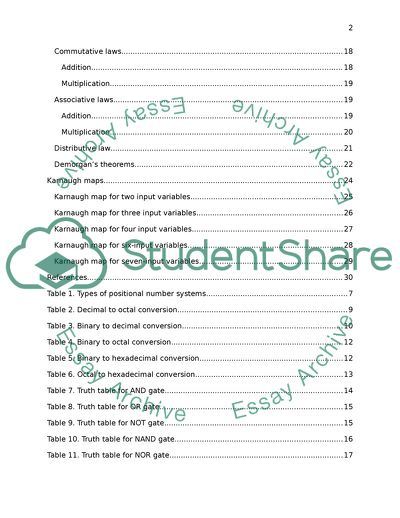Cite this document
(Basic Elements and Attributes that Relate to Logic Circuits Coursework Example | Topics and Well Written Essays - 4500 words, n.d.)
Basic Elements and Attributes that Relate to Logic Circuits Coursework Example | Topics and Well Written Essays - 4500 words. https://studentshare.org/engineering-and-construction/1839308-report
Basic Elements and Attributes that Relate to Logic Circuits Coursework Example | Topics and Well Written Essays - 4500 words. https://studentshare.org/engineering-and-construction/1839308-report
(Basic Elements and Attributes That Relate to Logic Circuits Coursework Example | Topics and Well Written Essays - 4500 Words)
Basic Elements and Attributes That Relate to Logic Circuits Coursework Example | Topics and Well Written Essays - 4500 Words. https://studentshare.org/engineering-and-construction/1839308-report.
Basic Elements and Attributes That Relate to Logic Circuits Coursework Example | Topics and Well Written Essays - 4500 Words. https://studentshare.org/engineering-and-construction/1839308-report.
“Basic Elements and Attributes That Relate to Logic Circuits Coursework Example | Topics and Well Written Essays - 4500 Words”. https://studentshare.org/engineering-and-construction/1839308-report.


